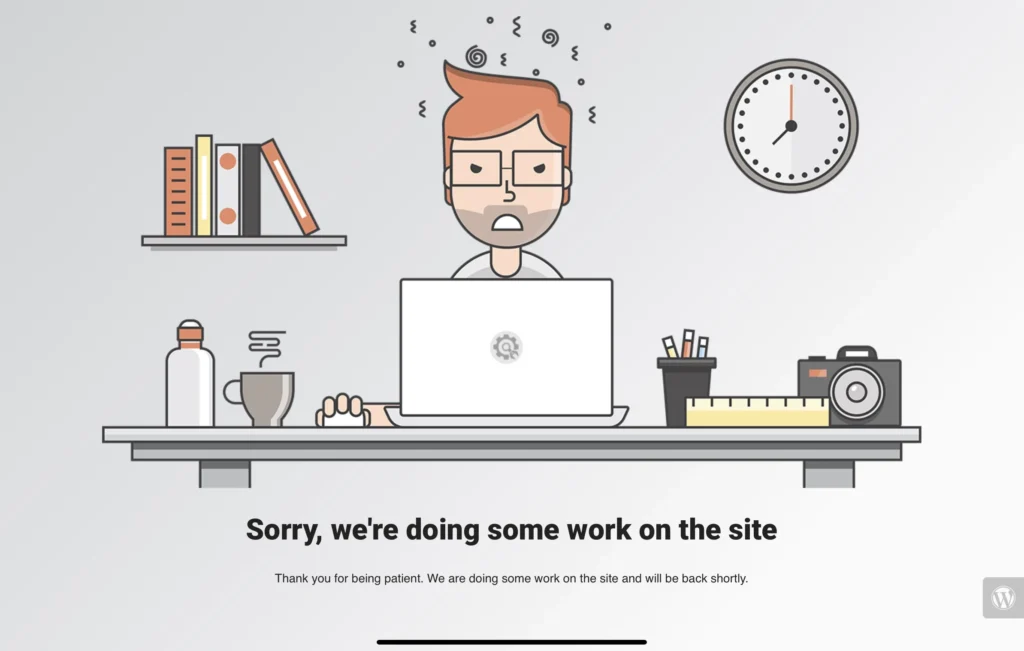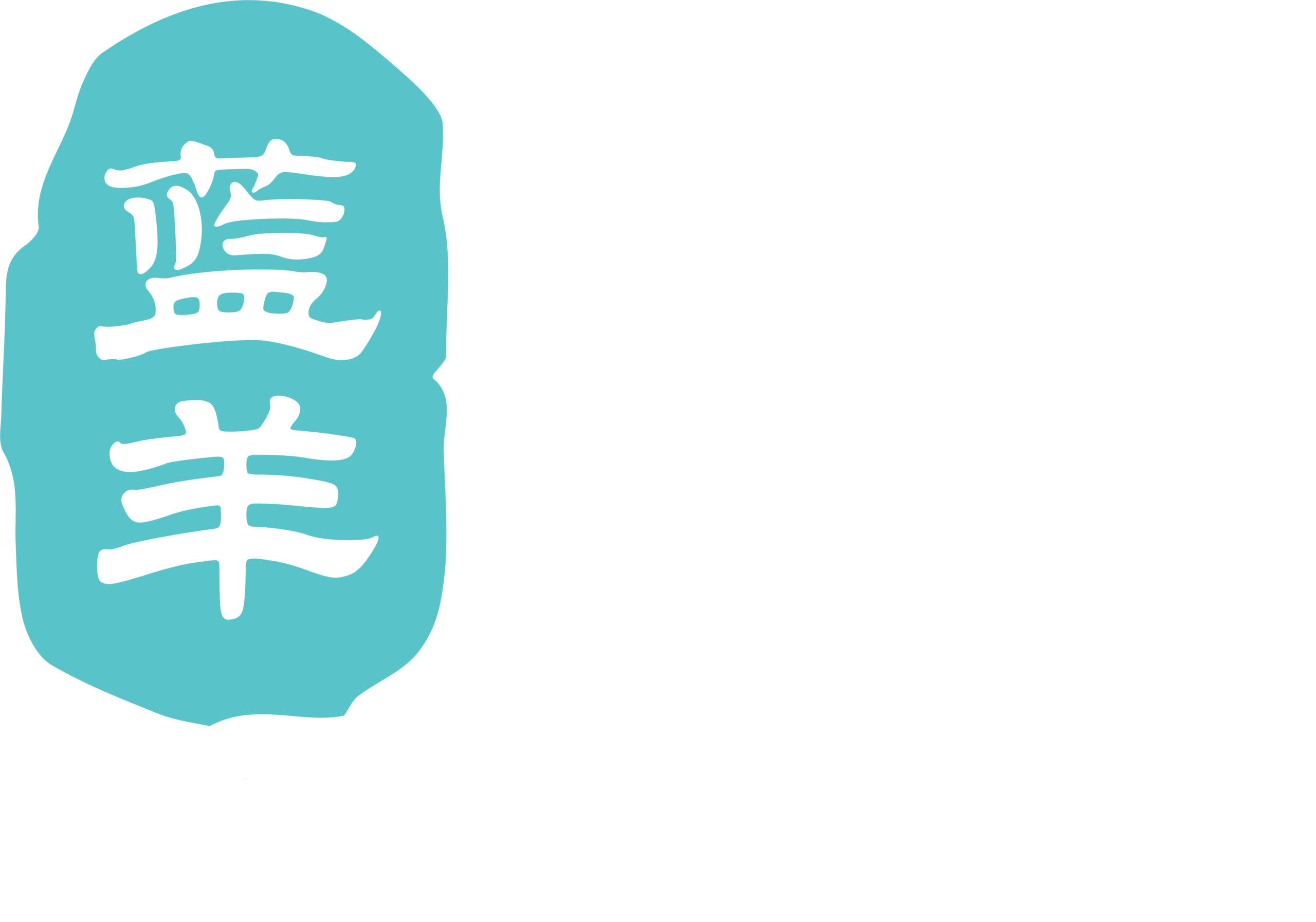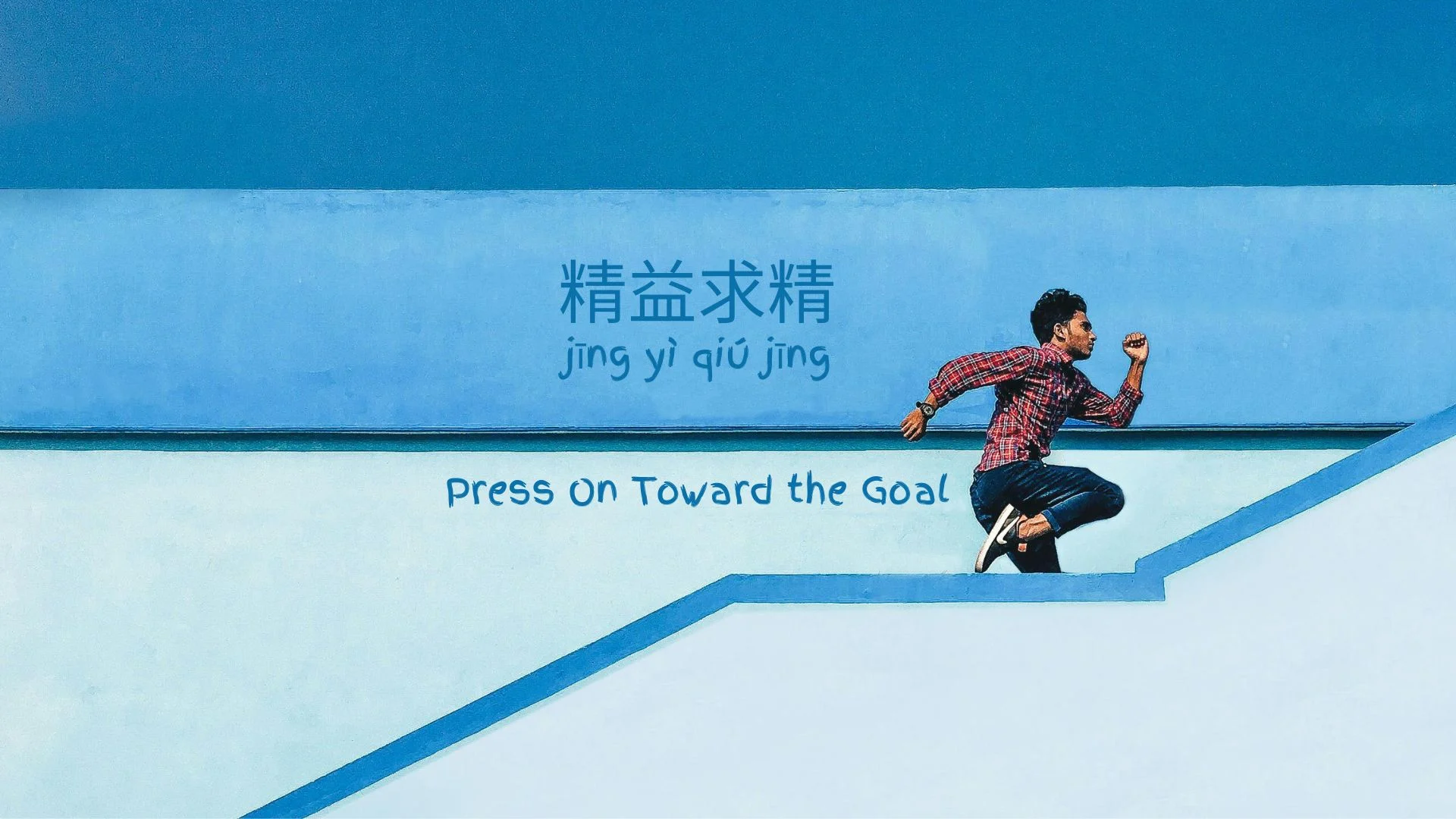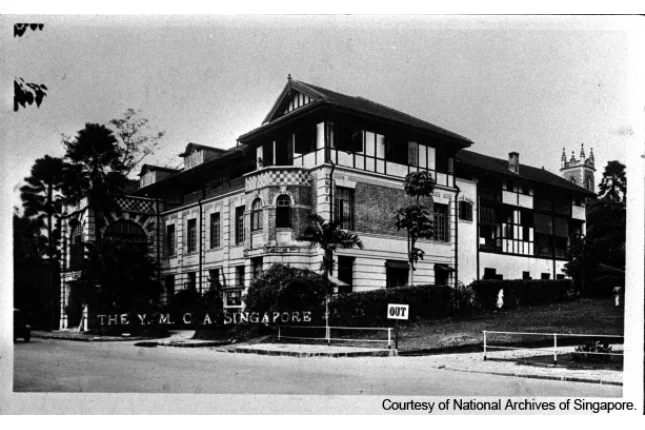In Singapore, election season is a high-stakes communication battleground where timing is everything. With a campaign window that spans a mere 10 days, political parties have limited opportunities to connect with voters and articulate their vision. The recent televised party political broadcasts represented a critical moment—a prime-time chance for each party to make their case directly to the electorate.
Driven by curiosity about the political landscape, I sought to learn more about the party contesting in my constituency. I discovered a stark communication breakdown: despite the party’s broadcast appearance, their digital presence was fundamentally unprepared. The party’s website remained under construction, a digital ghost town devoid of essential information about candidates, platforms, or campaign promises.
This digital silence spoke volumes. In an era where voters are accustomed to instant access to information, the absence of a functional website during a critical communication window was more than an oversight—it was a fundamental communication failure that risked alienating potential supporters and undermining the party’s credibility.

It Either Comes Together, or Loses the Opportunity
This scenario perfectly illustrates a critical principle in communication strategy: channel readiness and alignment. In the digital age, a website is not just a passive information repository, but a dynamic communication platform that should be synchronised with an organisation’s key messaging and strategic objectives.
Every digital touchpoint must be primed and prepared to engage the audience effectively when a critical communication moment arrives. A website under construction during a pivotal communication window represents a missed opportunity and potentially signals organisational unpreparedness to potential stakeholders.
Building a Comprehensive Communication Ecosystem
Effective communication transcends a single channel, requiring a synchronised approach across multiple platforms. Websites must be strategically aligned with other communication channels such as news media, social media, op-eds, digital marketing campaigns, and traditional advertising. This integrated communication ecosystem ensures a consistent message, amplifies core narratives, and provides multiple touchpoints for audience engagement.
When one channel falls short, like an incomplete website, it creates a ripple effect of missed communication opportunities, potentially undermining the entire communication strategy.
The art of communication lies in creating a cohesive narrative that resonates across different media. Each channel should complement the others, creating a reinforcing loop of messaging that builds credibility and reach. For instance, a compelling op-ed can drive traffic to a website, while social media can spark conversations that are further explored through detailed website content. Digital marketing campaigns should seamlessly integrate with traditional media outreach, ensuring that the core message remains consistent and powerful, regardless of where the audience encounters it.
Ultimately, communication is about connection—bridging the gap between an organisation’s intentions and the audience’s understanding. This requires not just technical alignment of communication channels, but a deep strategic approach that considers the unique characteristics of each platform.
Successful communicators must be agile, understanding how to adapt their core message to different media formats while maintaining its essential integrity. In an increasingly fragmented media landscape, the ability to create a unified, resonant communication strategy across multiple channels is no longer a luxury but a necessity for effective engagement.
With a Week to Polling Day, It’s Now or Never
Communication is far more than a mechanical process of information transfer—it is the critical human thread that weaves understanding, empathy, and connection. It transforms raw data and strategic intent into a narrative that resonates with human experiences, emotions, and aspirations. In essence, communication is the bridge that transforms organisational objectives into meaningful human dialogue, allowing complex ideas to become accessible, relatable, and compelling.
With Singapore’s election compressed into a mere 10-day campaign window, the role of strategic communication becomes even more pivotal. In this abbreviated timeframe, political parties must distil complex policy positions, demonstrate leadership, address community concerns, and build trust—all within just over a week.
Each communication channel becomes a precision instrument, required to deliver maximum impact with minimum waste. The compressed timeline demands not just efficiency, but a nuanced understanding of how different audience segments interpret and engage with information. Every word, image, and interaction must be carefully crafted to cut through the noise, create meaningful connections, and ultimately influence voter perceptions and decisions in an incredibly short and intense communication landscape.
Now, more than 24 hours since encountering the “website under construction” page, the clock is ticking loudly. If this political party genuinely wants votes, their website needs to be live immediately, allowing voters to understand who they are and what they represent. With each passing hour, the opportunity for meaningful voter connection diminishes, and the risk of electoral irrelevance grows. Is it already too late?




